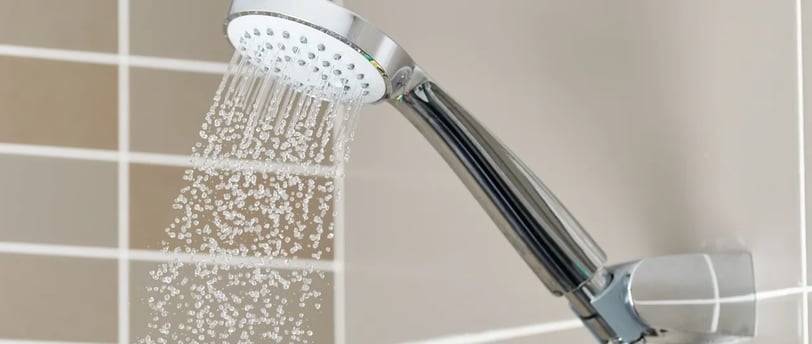What is there to know about shower diverters
5/1/20232 min read


Shower diverters are a key component of a shower system that allows you to switch the flow of water between the showerhead and other outlets, such as a hand-held showerhead or a bathtub spout. In this blog post, we'll cover everything you need to know about shower diverters.
What is a Shower Diverter?
A shower diverter is a valve that directs water flow from one outlet to another. It is typically located in the tub spout or in the wall behind the showerhead. When the diverter is engaged, water is redirected from the showerhead to another outlet, such as a hand-held showerhead or a bathtub spout.
Types of Shower Diverters
There are several types of shower diverters, each with its own advantages and limitations. Here are the most common types:
Tub Spout Diverter: This type of diverter is located in the tub spout and is activated by pulling up on a knob or lever. When engaged, water is diverted from the spout to the showerhead. This type of diverter is simple and easy to use, but it can be difficult to repair or replace if it becomes damaged.
Tee Diverter: This type of diverter is located in the wall behind the showerhead and is activated by turning a knob or lever. When engaged, water is diverted to another outlet, such as a hand-held showerhead or a bathtub spout. This type of diverter is more complex than a tub spout diverter, but it is also more versatile.
Two-Valve Diverter: This type of diverter has two separate valves, one for the showerhead and one for the other outlet. When engaged, the valve for the showerhead is closed and the valve for the other outlet is opened. This type of diverter is more complex than a tub spout diverter or a tee diverter, but it provides more precise control over water flow.
Common Problems with Shower Diverters
Like any plumbing component, shower diverters can experience problems over time. Here are some of the most common issues:
Diverter Stuck: If the diverter becomes stuck, water flow may be restricted or blocked entirely. This can be caused by a buildup of mineral deposits or other debris.
Diverter Leaking: If the diverter is leaking, water may be diverted to the wrong outlet or may flow out of both the showerhead and the other outlet simultaneously. This can be caused by a damaged or worn-out seal.
Diverter Loose: If the diverter is loose may when activated by connection or a damaged worn-out valve.
Maintenance and Repair
To keep your shower diverter functioning properly, it's important to perform regular maintenance and repair as needed. Here are some tips:
Clean the diverter regularly to remove mineral deposits and other debris.
Replace worn-out or damaged seals as needed.
Tighten loose connections and valves.
If the diverter is damaged beyond repair, replace it with a new one.
Conclusion
Shower diverters are a key component of any shower system, allowing you to switch water flow between the showerhead and other outlets. There are several types of diverters, each with its own advantages and limitations. To keep your shower diverter functioning properly, perform regular maintenance and repair as needed. If you experience problems with your diverter, contact a professional plumber for assistance.
